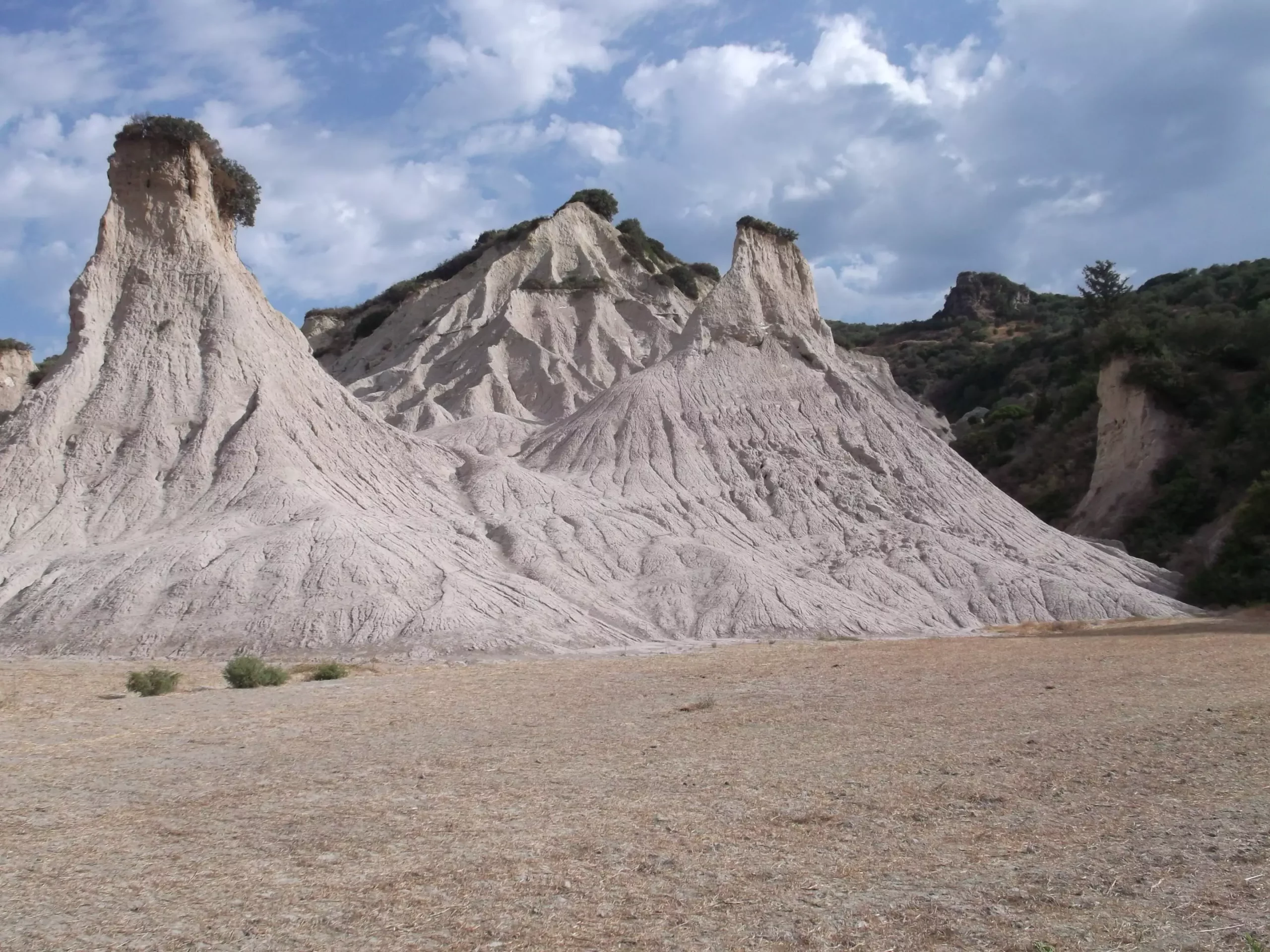The Mediterranean Sea has long been a focal point for marine biodiversity studies, due in part to its unique geological history and ecological significance. A recent study, spearheaded by Konstantina Agiadi from the University of Vienna, sheds new light on the biotic responses to a significant ecological event that transpired about 5.5 million years ago, known as the Messinian Salinity Crisis. This research not only quantifies the impact of this crisis on marine species but also offers a broader understanding of how such ecological upheavals can shape biodiversity over millions of years.
To comprehend the Messinian Salinity Crisis is to grasp the profound changes in marine ecosystems that occurred as the Mediterranean Sea became isolated from the Atlantic Ocean. This disconnection led to an extreme increase in salinity, resulting in many marine species being unable to adapt. The crisis ultimately reduced biodiversity dramatically, with only 11% of endemic species managing to withstand the vast changes wrought by this geological event. The evidence for this is corroborated by fossil findings and sediment studies conducted across various peri-Mediterranean regions, showcasing a staggering loss of around 67% of species post-crisis.
The research team, consisting of 29 scientists from 25 institutes across Europe, meticulously analyzed fossils ranging from 12 to 3.6 million years old. Their findings reveal not only the sheer scale of biodiversity loss but also the lengthy timeline for recovery, which extended over 1.7 million years. Such a protracted recovery period challenges previous assumptions about the resilience of marine ecosystems in the face of ecological crises.
Salinity and temperature fluctuations due to tectonic shifts have played significant roles in determining the composition of marine life in the Mediterranean. The study’s findings indicate that changes in the configuration of marine gateways led to abrupt environmental shifts. These changes not only altered salinity levels and temperatures but also disrupted the migration paths of marine organisms, thereby affecting crucial ecological processes such as larval dispersal and plankton flows.
As a result, a variety of endemic species, including once-prosperous tropical reef-building corals, faced extinction. The aftermath of these shifts resulted in a reformation of the marine biodiversity landscape. When the Mediterranean eventually reconnected with the Atlantic, it brought with it new species, including predators such as Great White sharks and oceanic dolphins. Contrastingly, the biodiversity displayed a distinctive west-to-east gradient, a phenomenon that persists in the region today.
The findings from this comprehensive study illuminate the often-overlooked aspect of biodiversity recovery following environmental crises. The recovery process for marine ecosystems is evidently not swift. Agiadi’s research provides a statistical foundation for understanding how biodiversity can take millions of years to rebound from drastic changes. This understanding may have profound implications for contemporary conservation efforts aimed at preserving marine biodiversity in the face of ongoing climate change and human impact.
In particular, the work opens avenues for addressing fundamental questions surrounding species survival amidst ecological upheavals. How did the few species that survived adapt to overwhelming changes? What mechanisms allowed their persistence? Exploring these questions further can unveil valuable insights into the resilience and adaptability of marine species, providing a framework for predicting how current biodiversity hotspots might cope with new threats.
Broader Implications for Global Biodiversity Research
The methodologies employed in this study have broader applications beyond the Mediterranean. As ecosystems worldwide grapple with the effects of climate change, pollution, and habitat loss, understanding the historical precedents, such as the Messinian Salinity Crisis, can offer lessons in resilience and recovery. The connection between plate tectonics, salt formation, and marine life, as outlined in the research, establishes a critical model for examining other regions.
The emergence of initiatives like the “SaltAges” network emphasizes the necessity of multidisciplinary approaches in addressing the social, biological, and climatic implications of geological phenomena. As researchers gather to further explore these intersections, the potential for innovative findings that enhance our understanding of past and present biodiversity challenges remains an enticing prospect.
Konstantina Agiadi and her team’s research enriches our comprehension of the complex interactions between geological events and marine biodiversity. The insights gained from the Messinian Salinity Crisis underscore the resilience and vulnerability of marine ecosystems, offering crucial lessons for current conservation efforts. The questions raised by this study serve as a powerful reminder of the need for continued investigation into our planet’s ecological past and its relevance to our future.

